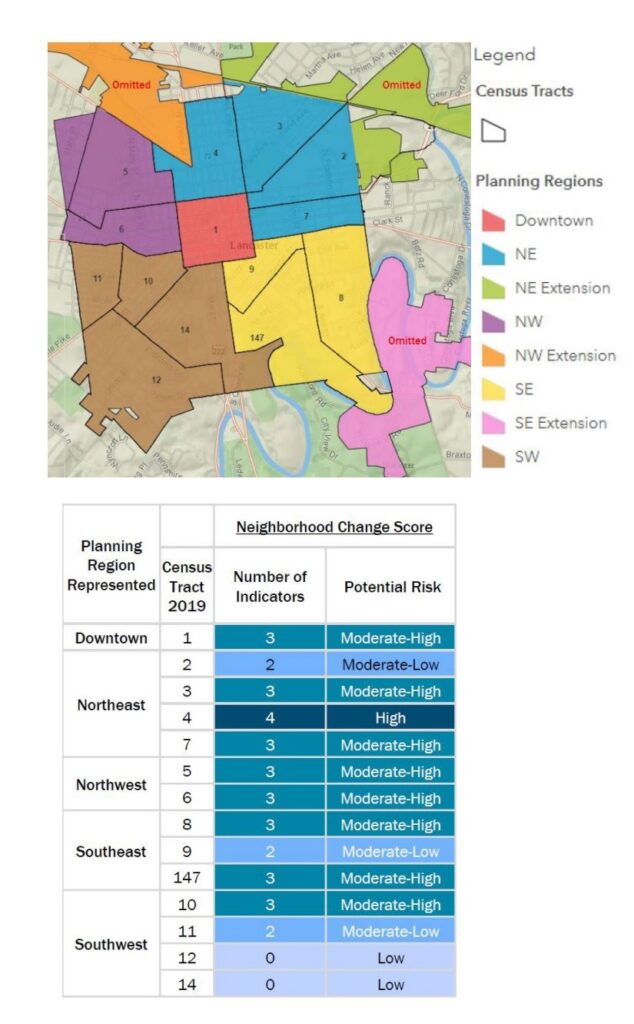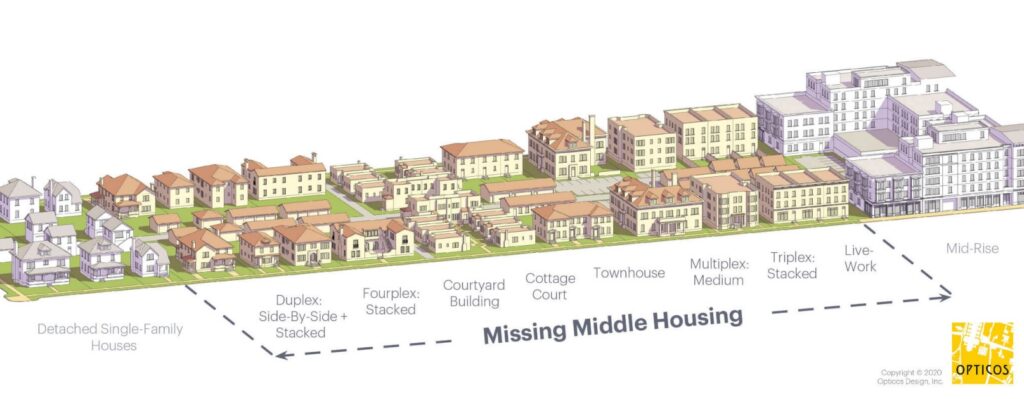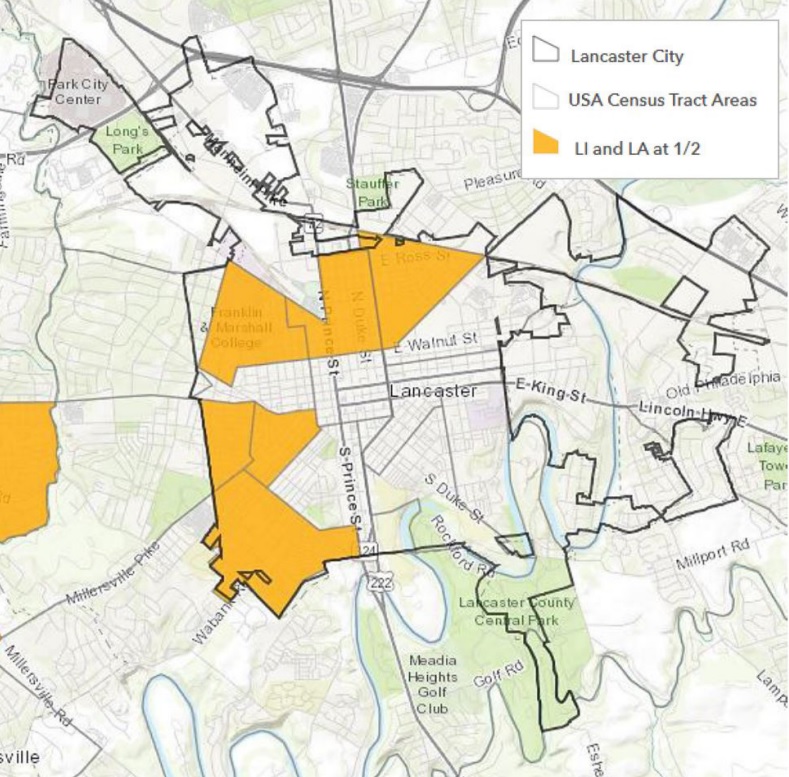More than 5,000 residents have weighed in over the past two years on what they’d like to see in Lancaster city’s new comprehensive plan.
Mayor Danene Sorace and city staff plan to unveil the results Wednesday evening at an open house and presentation running from 4:30 to 7 p.m. at The Ware Center, 42 N. Prince St. Tickets for the in-person event have all been claimed, but the presentation, which begins at 5:30 p.m., will be livestreamed on YouTube.
Materials will be posted shortly afterward at the plan’s dedicated website, OurFutureLancaster.com.
As the name implies, comprehensive plans set long-term citywide priorities. They guide decisions on zoning, land use, economic development, infrastructure planning and more. The new plan will replace one that dates to 1993; its development has truly been a community-led, bottom-up process, Sorace said.
Wednesday’s event will be the last major community meeting on the plan, Director of Community Planning & Economic Development Chris Delfs said. That said, there will be plenty of time for more public input and comment, including several public meetings, between now and the City Council’s official vote to adopt the plan, which is expected in late October.
City officials haven’t offered any previews of what’s in store. Earlier, however, as a preliminary step, the city published “Lancaster Today,” (PDF) an overview of existing conditions that is described as “a foundation for the overall plan.”
Based on its contents, here are five topics that are likely to receive significant attention on Wednesday evening:
Housing

In 2021, the Center for Regional Analysis published a study (PDF) confirming that Lancaster indeed has a housing shortage. It found that nearly half of city renters are cost-burdened and that there is a mismatch between the city’s housing stock and the households here — the city has an oversupply of single-family homes with three or more bedrooms and a shortage of one- and two-bedroom units.
In the intervening two years, concerns over the housing crisis have grown more acute. Rents and house prices are rising rapidly. Contributing to the upsurge are buyers from New York, Philadelphia and Baltimore, the Lancaster Today report says, raising concerns about the ability of long-term local residents to afford to remain.
“Maintaining and enhancing lower income housing will be important to support the average city resident,” Lancaster Today says. It suggests two strategies that could help: Promote more “missing middle housing,” such as duplexes, townhouses and add-on apartments (“accessory dwelling units”); and economic assistance targeted at lower-income households, such as property tax deferrals or exemptions.

Transportation
Lancaster is enthusiastically pursuing its “Vision Zero” street safety program, which calls for reducing traffic fatalities to zero through a mix of roadway design and engineering changes coupled with better traffic law enforcement and education. It is also part of a countywide effort (PDF) to encourage more walking and bicycling.
It seems certain the comprehensive plan will align with and build on those initiatives. They “exemplify Lancaster’s commitment to a future where all modes of transportation can easily and safely navigate the city and region,” the Lancaster Today report says.
Environment
Prior to entering city government, Sorace was executive director of a local environmental nonprofit. She and her team have emphasized the importance of improving the city’s environmental performance, both for the greater good and as a matter of long-term fiscal self-interest.
In 2019, City Council approved a Climate Action Plan, and Lancaster is a LEED Gold Certified city. “Creating a cleaner and greener environment for residents and visitors is critical to a community’s success,” the Lancaster Today report says.
Maps showing identified food deserts (left, in orange) and child care deserts (right, in purple). Click to enlarge. (Source: Lancaster Today)
Food and childcare deserts
The Lancaster Today report identifies six of Lancaster’s census tracts as “food deserts” — lacking a market within half a mile — and about half the city as a “child care desert.” Ensuring access to healthy food and childcare services should be a top priority, it says.
Equity and social resilience
Lancaster city’s population is much more diverse and much less affluent than that of the county as a whole. The majority of the city qualifies as an “environmental justice area” (denoting a geography with at least 20% poverty rate and 30% non-White population) by state Department of Environmental Protection criteria; and as having high “social vulnerability,” as defined by the Centers for Disease Control & Prevention.
Planners recognize the role past discrimination has played in current inequity, the Lancaster Today report says. The comprehensive plan, it says, will be “crafted through an equity lens with a commitment to thinking about vulnerable or marginalized populations at the forefront of the discussion.”








